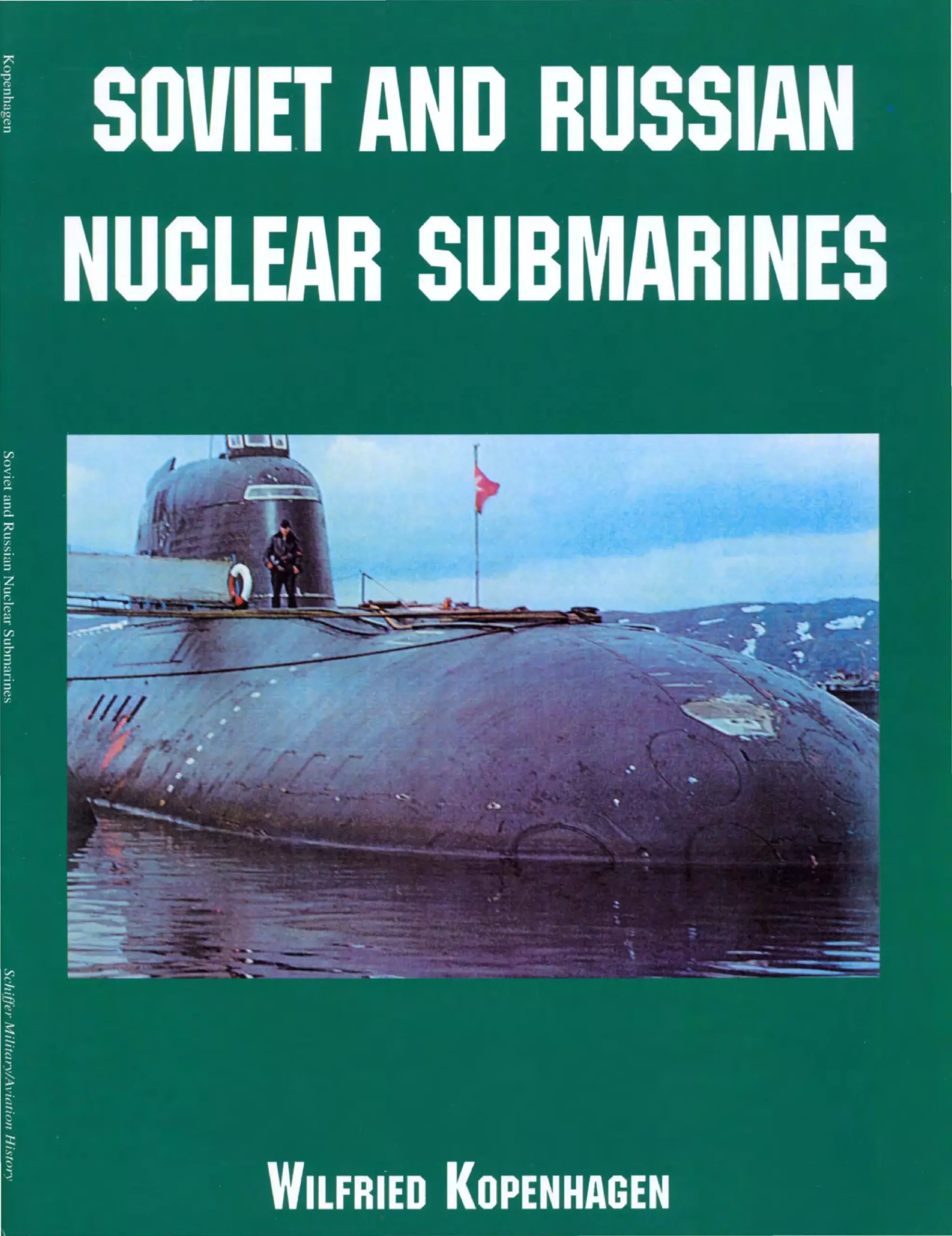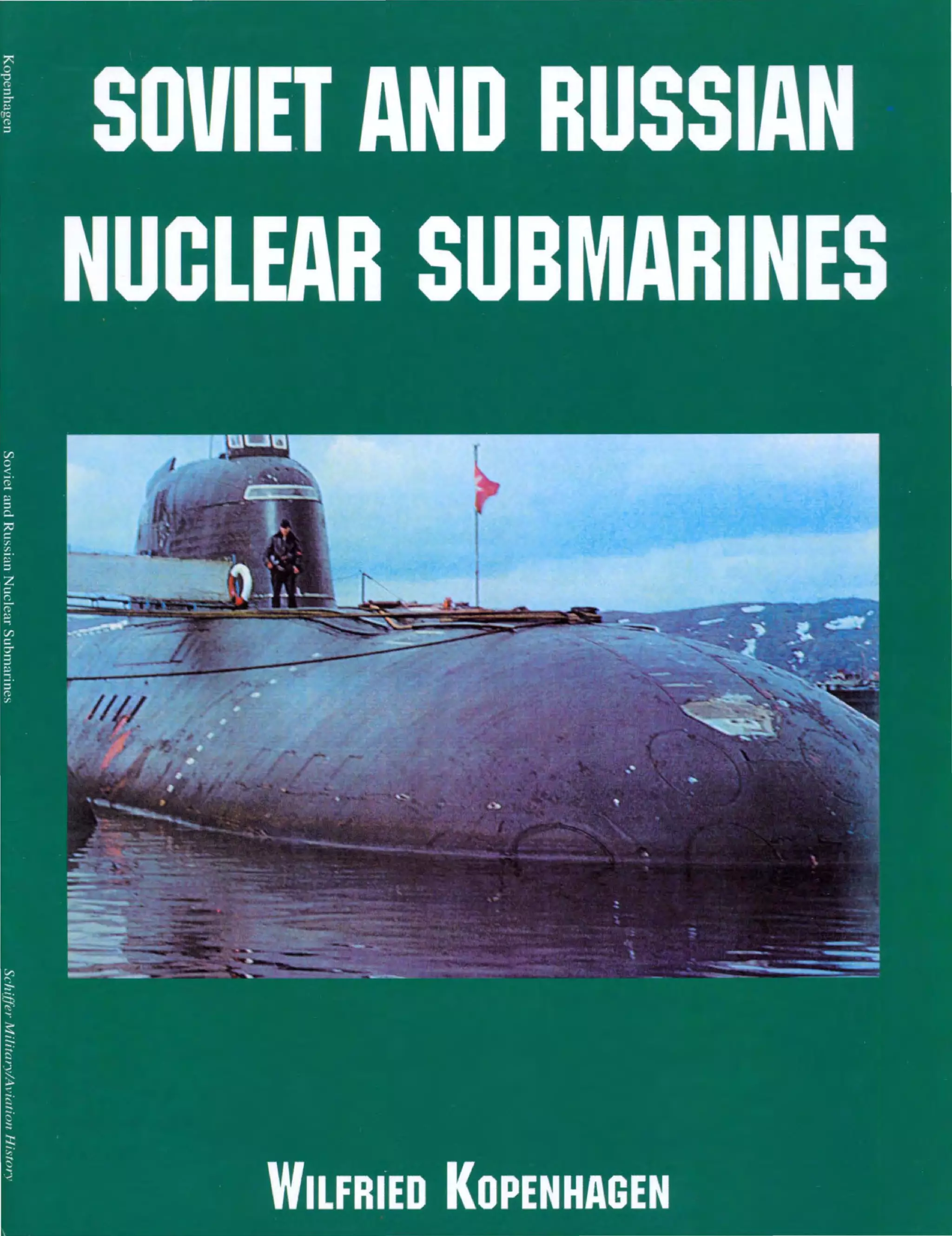

Newport News Shipbuilding and General Dynamics Electric Boat (GDEB) are preparing a nuclear submarine for handover to the U.S. Navy. Launched in May 2023, the Virginia-class attack submarine USS Massachusetts (SSN-798) has recently completed a series of maritime evaluations, which included the ship’s initial submersion, as well as its first high-speed maneuvers both underwater and on the surface. Massachusetts is among 25 Virginia-class attack submarines, and the twelfth constructed by Newport News Shipbuilding, one of only two U.S. shipyards — alongside GDEB — capable of building nuclear-powered submarines. It is part of 10 nuclear-powered subs commissioned by the U.S. Navy as a result of a $17.6 billion agreement awarded to GDEB. Designed to offer superior endurance, mobility, and stealth through nuclear propulsion technology, Massachusetts and its numerous fleet counterparts are tailored for contemporary anti-submarine and anti-surface combat, and possess the capability to launch Tomahawk missiles, gather intelligence, conduct mine warfare, and deploy special operations forces. Moreover, it is the first vessel to adopt the “Massachusetts” name since the USS Massachusetts (BB-59) battleship, which was officially retired after World War II in 1947.
Massachusetts is a next-gen submarine designed for modern conflict
At 377 feet in length and weighing 7,800 tons, powered by a nuclear reactor, Massachusetts represents a cutting-edge submarine that signifies a significant leap in the U.S. Navy’s offensive and defensive capabilities. The reactor itself is one of the submarine’s primary wonders, facilitating prolonged periods of submersion and nearly limitless operational range. Additionally, with its single-shaft configuration, Massachusetts efficiently directs fission energy into a propulsion system, minimizing power loss and acoustic signature. The greater the energy efficiency and the quieter the submarine, the more menacing it becomes; Massachusetts is capable of underwater speeds of up to 25 knots (approximately 30 miles per hour). As part of the Block V fleet, the vessel is equipped with the Virginia payload module: a lengthened midsection that allows for an additional four payload tubes, enabling the sub to launch as many as 40 Tomahawk missiles simultaneously. Massachusetts’ modular design represents another achievement for the U.S. Navy. Upgrades can be performed within the same hull, conserving time and resources while prolonging service life. This is promising for AI-enhanced advancements in submarine technology, ranging from sonar operations to mission planning and essential health monitoring systems. In a discussion with Military.com, Rear Adm. Mark Heinrich emphasized the significance of the Block V Virginia-class submarines in the Pacific arena. “The key for the Virginia-class Block V is that it will replace the SSGNs,” he remarked, alluding to the existing nuclear-powered guided missile submarines that have been operational since 2007. “Once they do, they’ll be very pertinent players in the Pacific — a submariner’s playground, deep, maneuverable, and ripe with opportunities for training in authentic environments.”
Transitioning from Cold War workhorses to modern power
When the initial Virginia-class nuclear submarines were handed over to the U.S. Navy in 2004, they began replacing the Los Angeles-class submarines, a mainstay of the U.S. Navy for over forty years. Although marginally faster than the Virginia vessels, the Los Angeles-class submarines are considerably noisier, require refueling, and can hold only 12 Tomahawks at once, compared to the 40-missile capacity of the Block V submarines. Many Los Angeles-class submarines have already been retired, and the U.S. Navy’s contract with GDEB was amended this past April to include two more Block V submarines: USS Baltimore (SSN-812) and USS Atlanta (SSN-813). By 2025, the U.S. Navy will have added 24 Virginia-class submarines to its fleet, and it will be only a matter of time before these new vessels fully replace their Cold War counterparts. There’s no doubt about the considerable presence the U.S. Navy maintains in underwater warfare, and with each new Block V (and forthcoming Block VI and VII) submarine the military acquires, the more powerful and responsive America’s undersea presence becomes.